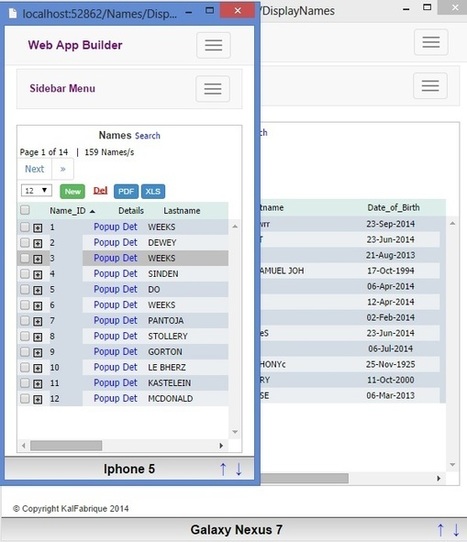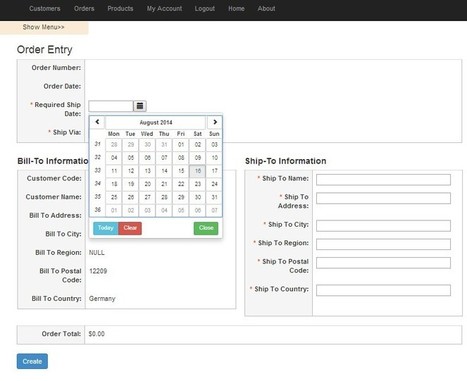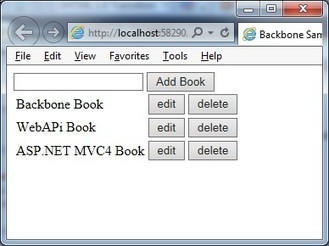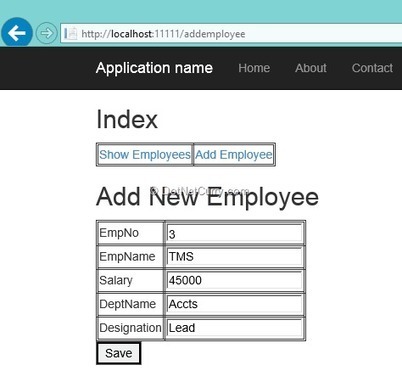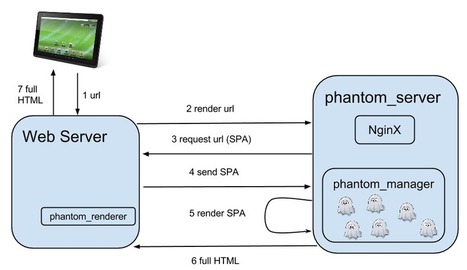- Just a router
- router 5 is just a router, nothing else. It won't take care of updating your view, and makes no demands regarding you app structure or how your code is organised.
- Component trees in mind
- router5 is built to be framework agnostic, and was designed to provide a more flexible and scalable solution for Single Page Applications routing, especially those made of a component tree.
- Be functional and reactive
- router5 exposes simple methods and mechanisms to observe route changes and react to them. You can then use it with your favourite stream implementation, FRP library, in a flux-like architecture, etc...
No comment yet.
Sign up to comment




 Your new post is loading...
Your new post is loading...




